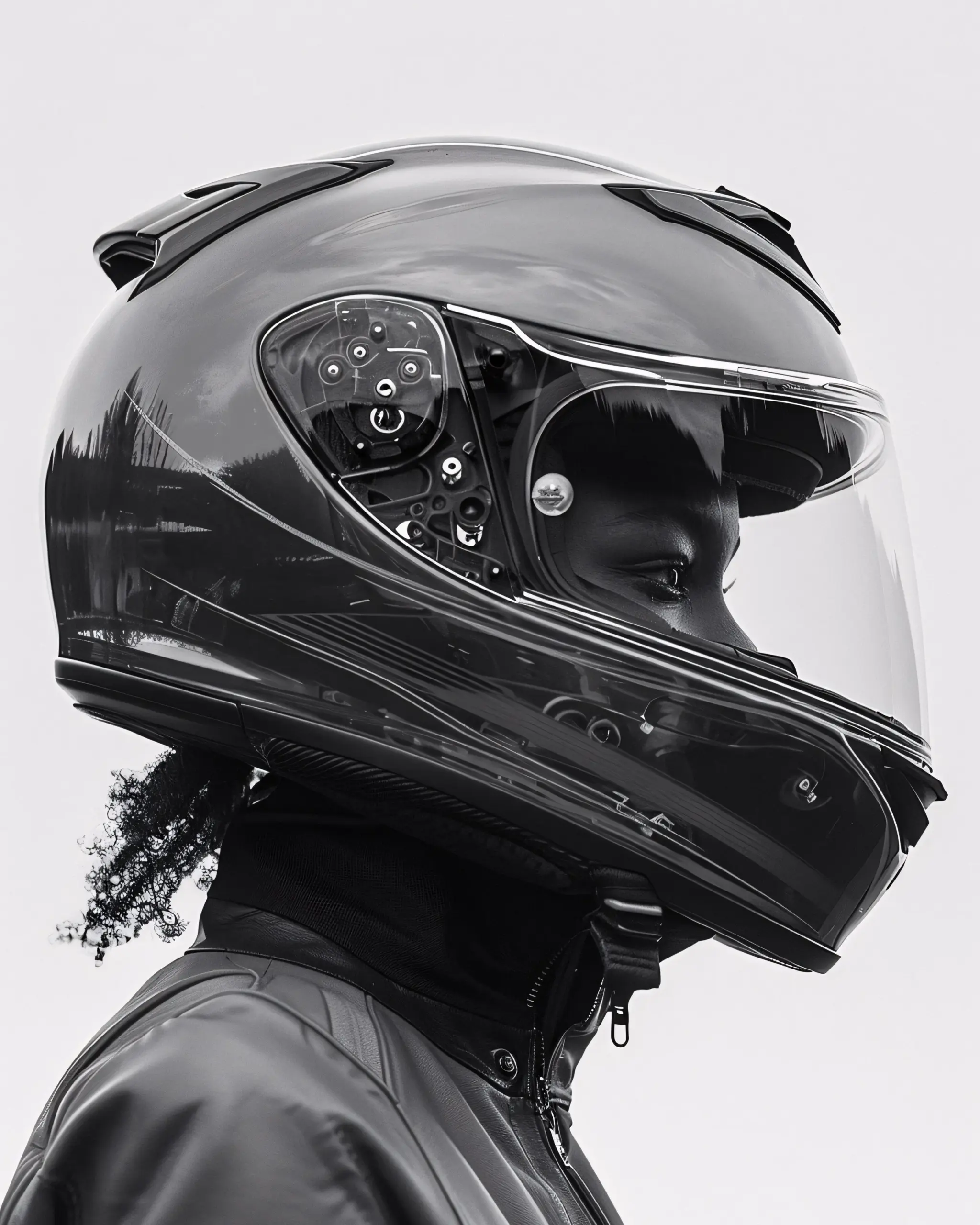Top 10 Safety Gear Items for Riders

Riding, whether on motorcycles, bicycles, or e-scooters, demands the highest level of safety to protect against accidents and injuries. Equipping yourself with the right safety gear is essential for every rider. This article explores the top 10 safety gear items that every rider should consider, detailing their importance, features, and benefits.
| Rank | Safety Gear Item | Description | Key Benefits |
|---|---|---|---|
| 1 | Helmet | Protects the head from impact injuries. Available in full-face, modular, and open-face designs. | Prevents traumatic brain injuries, enhances visibility with visors. |
| 2 | Riding Jacket | Made from abrasion-resistant materials like leather or textile with armor inserts. | Protects against abrasions, weather elements, and impact. |
| 3 | Riding Gloves | Designed to protect hands with reinforced palms and knuckles. | Improves grip, protects from abrasions and impacts. |
| 4 | Riding Pants | Often armored and made from durable materials to protect legs and hips. | Reduces injury risk in falls, offers comfort and weather protection. |
| 5 | Riding Boots | Sturdy boots that protect feet and ankles, often waterproof and reinforced. | Provides ankle support, protects from impacts and weather. |
| 6 | Reflective Gear | Includes vests, strips, or patches that increase rider visibility at night. | Enhances visibility to other road users, reducing accident risk. |
| 7 | Back Protector | Worn under jackets to shield the spine from impacts. | Prevents spinal injuries, adds an extra layer of protection. |
| 8 | Knee and Elbow Guards | Protective pads that absorb shocks and prevent abrasions. | Protects joints during falls, improves confidence while riding. |
| 9 | Ear Protection | Earplugs or noise-cancelling devices to reduce wind and engine noise. | Prevents hearing damage, reduces fatigue from noise exposure. |
| 10 | Communication Devices | Bluetooth headsets and intercoms for safe communication while riding. | Enables hands-free communication, enhances safety and convenience. |
Why Safety Gear is Crucial for Riders
Riding exposes individuals to high risks due to speed, traffic, and environmental factors. Proper safety gear minimizes injury severity, improves comfort, and boosts rider confidence. It also complies with legal requirements in many regions.
Choosing the Right Safety Gear
When selecting safety gear, consider the following:
- Certification: Look for gear that meets safety standards like DOT, ECE, or Snell for helmets.
- Fit and Comfort: Proper fit ensures effectiveness and comfort during rides.
- Material Quality: Durable, abrasion-resistant materials offer better protection.
- Weather Appropriateness: Gear should suit the climate and riding conditions.
Frequently Asked Questions (FAQ)
What type of helmet is best for safety?
Full-face helmets provide the most comprehensive protection, covering the entire head and face.
How often should I replace my helmet?
Helmets should be replaced every 3-5 years or immediately after a significant impact.
Can I use regular gloves for riding?
No, riding gloves are specifically designed to protect against abrasions and impacts, unlike regular gloves.
Is reflective gear necessary during the day?
While most effective at night, reflective gear can also improve visibility during low-light conditions like dawn or dusk.
Are communication devices safe to use while riding?
Yes, when used hands-free, they allow riders to stay connected without compromising focus on the road.
Equipping yourself with the right safety gear is a vital step toward safer riding experiences. Prioritize your protection and enjoy the ride with confidence!
